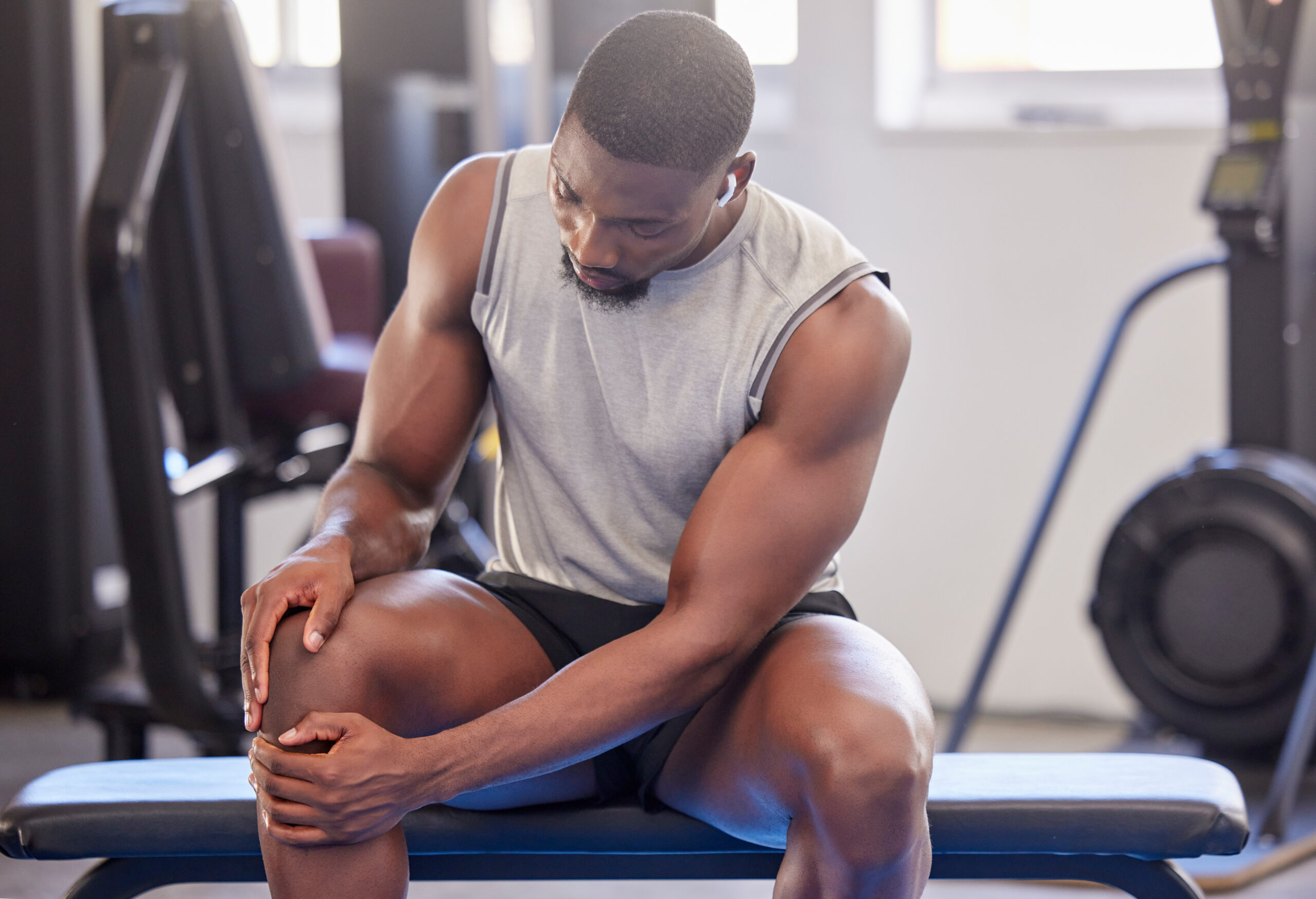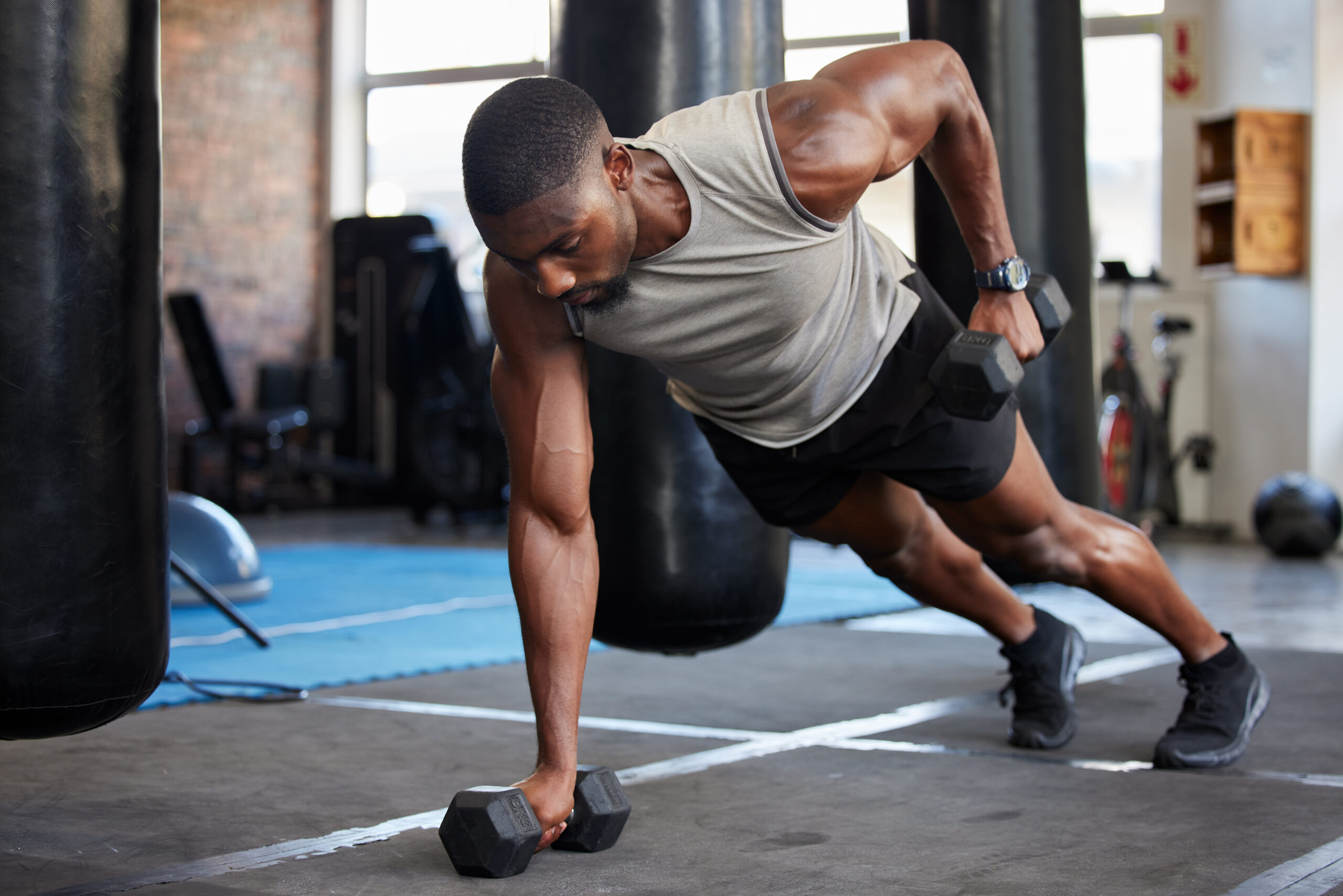MLS Laser Therapy for Athletes
Boost Performance, Speed Recovery, and Prevent Injuries
Alex, a triathlete known for his relentless dedication, faced challenges common to many athletes who push their bodies to the limit. Long hours of training led to muscle fatigue, recurring knee pain, and delayed recovery times.
Like many high-performance athletes, Alex needed a solution that could support his recovery and prevent injuries without interrupting his rigorous schedule. That’s when he discovered MLS Laser Therapy, a game-changing tool for sports recovery, prehabilitation, and injury prevention.
The Challenge: Staying Competitive While Managing Recovery
Athletes like Alex know the importance of consistent training, but they also understand the risks of overtraining. Intense physical activity can lead to microtraumas in muscles, tendons, and joints, resulting in inflammation, pain and, if untreated, long-term injuries. Recovery methods such as rest, stretching, and traditional physiotherapy often fall short in keeping pace with the demands of high-performance sports.
Alex’s recurring knee pain became a turning point. He needed a solution that not only addressed his current discomfort but also prevented future injuries. Enter MLS Laser Therapy—a scientifically-backed approach that supports athletes to maintain peak performance.
What Is MLS Laser Therapy?
MLS (Multiwave Locked System) Laser Therapy is an advanced form of photobiomodulation therapy. It uses synchronised wavelengths of light to penetrate tissues, reducing inflammation, alleviating pain, and accelerating tissue repair. Unlike traditional treatments, MLS Laser Therapy is non-invasive, painless, and has no side effects, making it an ideal choice for athletes seeking effective recovery solutions.
The Science Behind MLS Laser Therapy
Research has demonstrated the effectiveness of MLS Laser Therapy in various aspects of sports recovery and prehabilitation:
- Reducing Oxidative Stress
- Oxidative stress from intense training damages cells and slows recovery. A study published in PLoS ONE (2016) showed that Laser Therapy decreases oxidative damage by reducing lipid peroxidation and enhancing antioxidant enzyme activity.
- Decreasing Muscle-Damaging Mediators
- Intense exercise increases levels of creatine kinase (CK) and blood lactate, which contribute to muscle soreness and fatigue. Laser Therapy has been proven to significantly reduce these mediators, as noted in a study from the Journal of Sport Rehabilitation (2020).
- Enhancing Muscular Performance
- By improving blood flow and cellular repair, Laser Therapy enhances muscular endurance and reduces post-exercise soreness. This effect was highlighted in a meta-analysis published in SAGE Open Medicine (2021).
- Pain Relief and Functional Improvement
- A systematic review in BMJ Open (2022) confirmed Laser Therapy’s effectiveness in reducing pain and improving function for musculoskeletal conditions, making it an essential tool for injury prevention.
- Reducing Oxidative Stress
Alex’s Experience with MLS Laser Therapy
When Alex began using MLS Laser Therapy, the results were transformative. After just a few sessions, he noticed a significant reduction in knee pain and muscle soreness. More importantly, his recovery times improved, allowing him to train harder and maintain consistency in his performance.
Incorporating MLS Laser into his routine not only helped Alex recover from existing issues but also served as a preventive measure. By addressing inflammation and microtraumas early, Alex was able to avoid the cycle of injury and recovery that often sidelines athletes.
Because of the high power of MLS, treatments are short. Maximum of about 10 minutes.
The Role of MLS Laser in Prehabilitation
Prehabilitation focuses on preparing the body to withstand the physical stresses of intense training and competition. For athletes like Alex, MLS Laser Therapy has become a cornerstone of this approach. Its ability to enhance cellular repair and reduce inflammation proactively minimises the risk of injuries, keeping athletes in peak condition.
Benefits of MLS Laser Therapy for Athletes
- Faster Recovery: Accelerates tissue repair and reduces recovery time after intense training sessions.
- Pain Relief: Provides immediate and lasting relief from muscle and joint pain.
- Injury Prevention: Strengthens tissues and reduces inflammation, lowering the risk of injuries.
- Non-Invasive: No needles, medication, or downtime required.
- Enhances Performance: Supports athletes in maintaining optimal physical condition, allowing them to perform at their best.
Research-Backed Credibility
The benefits of MLS Laser Therapy are supported by a growing body of research. Its proven effectiveness in reducing oxidative stress, alleviating pain, and enhancing performance makes it a trusted tool among sports physiotherapists, coaches, and athletes worldwide.
How to Integrate MLS Laser Therapy into Your Routine
Athletes can benefit from MLS Laser Therapy in several ways:
- Post-Training Recovery: Regular sessions help manage muscle soreness and accelerate healing.
- Prehabilitation Programs: Use MLS Laser as part of a proactive approach to strengthen muscles and joints.
- Injury Management: Address existing injuries with targeted treatments that reduce pain and inflammation.
Related Research
Reduction of Oxidative Stress:
Leal-Junior, E. C. P., et al. (2016).
This study examines how low-level laser therapy (LLLT) reduces oxidative stress after muscle injuries by decreasing lipid peroxidation and boosting antioxidant enzyme activity. The findings suggest LLLT plays a crucial role in mitigating muscle damage and accelerating recovery.
Read the studyReduction of Muscle-Damaging Mediators:
De Marchi, T., Leal-Junior, E. C. P., et al. (2020).
This research highlights the effects of photobiomodulation therapy (PBMT) in lowering blood lactate and creatine kinase levels after intense physical activity, demonstrating its efficacy in reducing muscle damage and supporting faster recovery.
Read the studyEnhancement of Muscular Performance:
Leal-Junior, E. C. P., Vanin, A. A., Miranda, E. F., et al. (2021).
This meta-analysis explores the benefits of photobiomodulation in enhancing muscular endurance, improving performance, and reducing muscle soreness, making it an effective tool for athletes.
Read the studyPain Reduction and Functional Improvement:
Bjordal, J. M., et al. (2022).
This systematic review and meta-analysis evaluate low-level laser therapy’s (LLLT) effectiveness in reducing musculoskeletal pain and improving physical function, offering strong evidence for its use in clinical and sports recovery settings.
Read the studyPhototherapy Improves Muscle Recovery and Does Not Impair Repeated Bout Effect in Plyometric Exercise
Authors: Susana Padoin, Aline C. Zeffa, et al.
Published: 2020Summary: This study investigated the effects of photobiomodulation using red (630 nm) and near-infrared (940 nm) light wavelengths on exercise-induced muscle damage and adaptation to the repeated bout effect. The findings suggest that phototherapy can enhance muscle recovery without hindering the body’s natural adaptation processes.
Read the studyEffects of Photobiomodulation Therapy on Blood Lactate and Creatine Kinase After Intense Exercise
Authors: T. De Marchi, E. C. P. Leal-Junior, et al.
Published: 2020Summary: This research examined how photobiomodulation therapy influences blood lactate and creatine kinase levels following intense physical activity. Results indicated that the therapy effectively reduced these markers, suggesting improved muscle recovery and reduced muscle damage.
Photobiomodulation Improves Performance and Reduces Muscle Damage in Sports
Authors: E. C. P. Leal-Junior, A. A. Vanin, et al.
Published: 2021Summary: This meta-analysis evaluated the impact of photobiomodulation on athletic performance and muscle damage. The analysis concluded that the therapy enhances muscular endurance and reduces post-exercise muscle soreness, making it beneficial for athletes.
Read the study




